From
1792
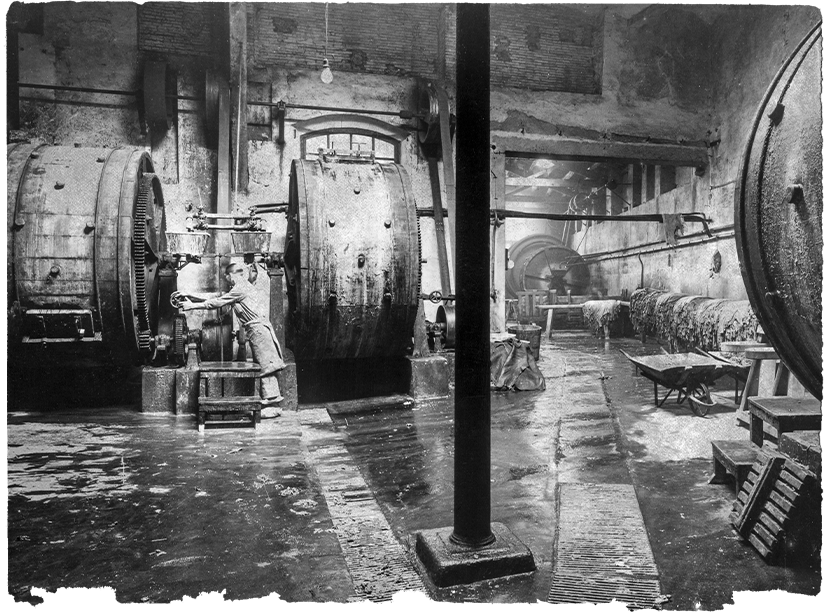
To
Today
From tradition to innovation. Colomer stays true to its roots.
Colomer 1792, also known as C1792, is a historic and reputable leather producer headquartered in Les Masies de Voltregà, Catalonia, Spain. With a heritage dating back to1792, the company has over two centuries of expertise in the sourcing, processing, and finishing of high-quality hides and skins for the global leather industry.
Product Lines: • Automotive interiors (the company’s most specialized and technically demanding segment), supplying premium finished cowhide leather for car seats, steering wheels, dashboards, and interior trim. • Home furnishings, including upholstery leather for sofas, chairs, and decorative interior elements. • Footwear, producing versatile leather grades for luxury shoes and boots. • Leather goods, supplying quality hides for handbags, accessories, and small leather items.
Come and meet us!
t +34 938 611 644
info@colomer.eu
Opening hours
Monday to Friday from 8am to 5pm
Beginnings
Colomer Munmany Foundation
1858
Chrome tanning
2006
Opening of the Baumann plant in Vic
2009
The Chinese group Henan Prosper acquired Colomer Munmany
2019
Opening of the new Colomer 1792 facilities
2020
Expanding the multiple products business service line
2021
Colomer, member of the Leather Cluster Barcelona
1900
The introduction of chemistry at Colomer Munmany
1913
Second generation
1936
Business training
1959
International expansion
1960
Colomer Munmany SA, world leaders in fine leather
1975
Andreu Colomer held leading positions in international organisations
1990
Creu de Sant Jordi
News
Foundation of the Museum of Leather Artistry
Close
Beginnings
1858
1900
1913
1936
1959
1960
1975
1990
1996
2006
2009
2019
2020
News
View all events
Our excellence lies in our raw materials
We at Colomer have a wealth of experience in the sourcing and selection of our lambskins. For this area of activity, we have a team of purchasing professionals based all over the world who strictly monitor the sourcing of our raw materials.
With an annual purchase volume of more than 30 million skins, our warehouse capacity is sufficient to meet the demand for various types of skins from different parts of the world.
Our diversified range of high-quality raw materials enables us to offer production and service tailored to each customer.
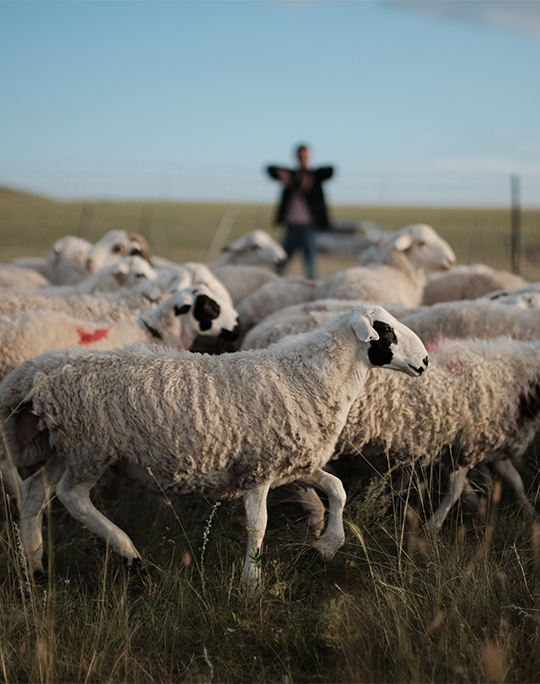
Australia
Merino
New Zealand
Merino
Spain
Merino, Lechal, Merinillo
United Kingdom
Domestic
United States of America
Merino
South Africa
Merino
Ireland
Domestic
China
Inner Mongolia, Domestic
Italy
Toscana
select country to see
skin variety
Australia
New Zealand
Spain
United Kingdom
United States of America
South Africa
Ireland
China
Italy
A 360 degree production process
Strict traceability is a prerequisite for ensuring high standards. We at Colomer source high-quality raw materials from all over the world, comply with environmental laws and establish product traceability protocols, allowing us to develop and produce high-quality sustainable leathers for every consumer.
Process
1
/
3
Committed to the
environment
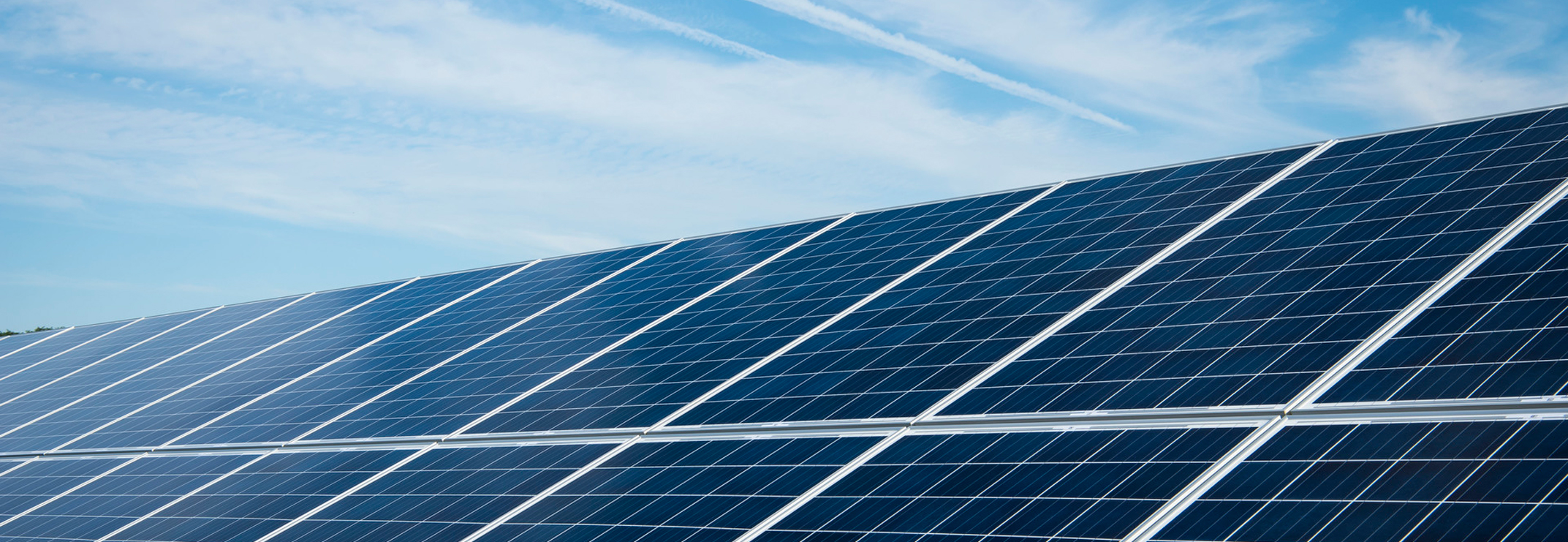
We run on solar energy
Sustainability is an important part of the production process. We at Colomer 1792 prioritise efficiency in the production process by reducing waste, thus minimising our environmental impact.
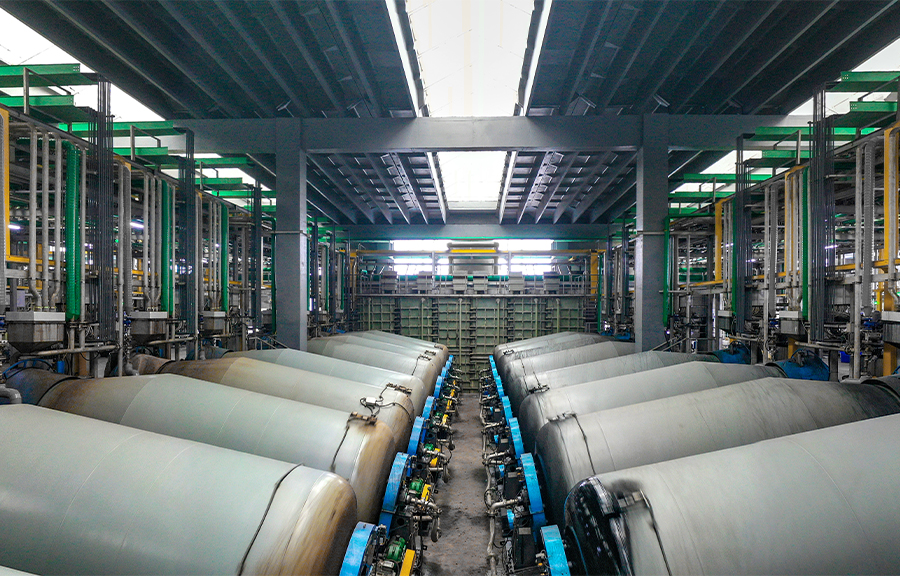
Ecotan, ecological leather tanning processes
We at Colomer 1792 have adopted a new technology to eliminate chrome as a tanning agent. This process also uses natural biological tanning agents containing probiotics, which ensure environmentally-friendly finished products and minimise chemical waste.
sustainability in figures
-80%
Chrome powder
Chrome consumption was significantly reduced after the technology upgrade.
-59%
Energy consumption
The equipment was upgraded to an FRP 15T rotary/slotted drum, reducing energy consumption.
-70%
Waste water
The total amount of waste water containing chrome was considerably reduced.
-75%
Chrome in waste water
The concentration of chrome in waste water was reduced by 75%, relieving the burden of the treatment of chrome-containing waste water at treatment plants.
-68%
Water consumption
The number of times a single piece of leather is soaked was cut from five times to two times, considerably reducing water consumption.
Play
Pause
Off
On
The future is green
Waste water treatment plant
We at Colomer 1792 have invested heavily in the construction of a modern, high-level waste water treatment plant with a surface area of 166,000m2 and a daily waste water treatment capacity of 40,000 tonnes.Solar photovoltaic technology and reduced CO2 emissions
Taking the same approach, we at Colomer 1792 have opted to install solar panels that allow us to harness and use solar energy in our facilities. Furthermore, our processes have been designed with the aim of minimising CO2 emissions.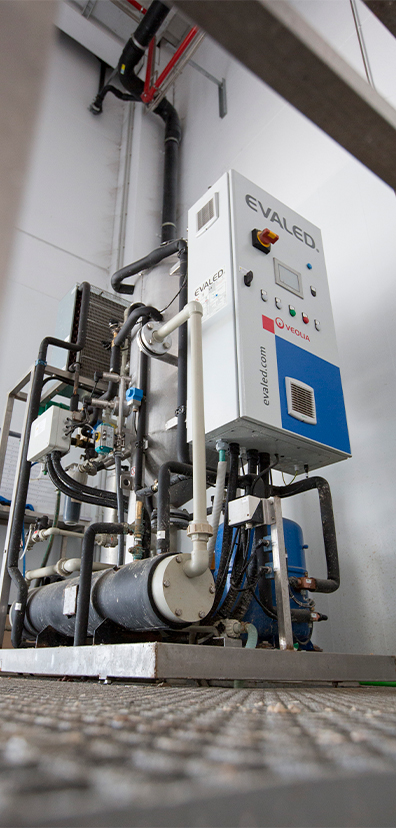
Waste water treatment
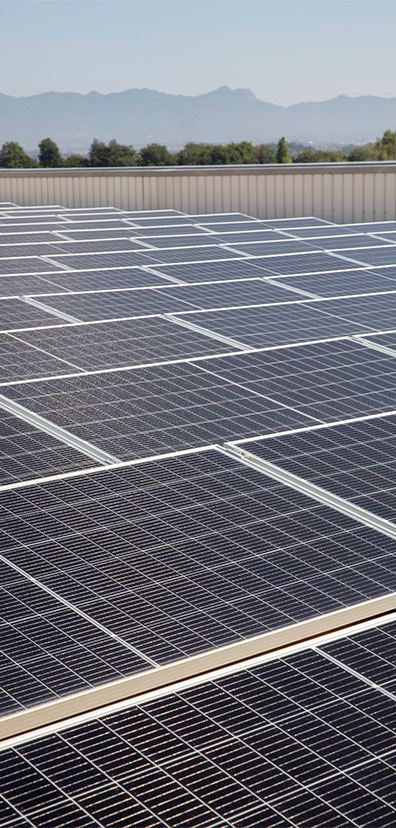
Solar panels
Certified quality
Our requirement that each and every leather be processed under the industry's highest quality standards and with maximum traceability has led us to obtain the 'Gold Rated' classification by the Leather Working Group as well as the ICEC certificate, these being the highest certifications in the leather industry.
We at Colomer 1792 have our own laboratory, which allows us to carry out physical and chemical tests and guarantee that we meet the necessary requirements.
